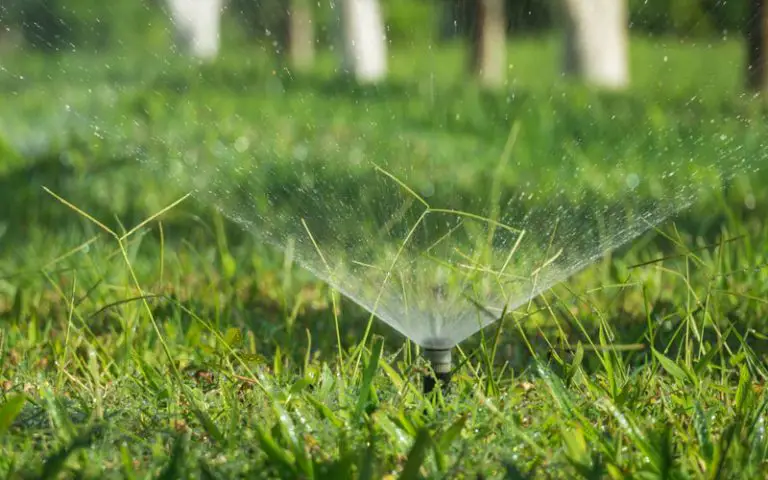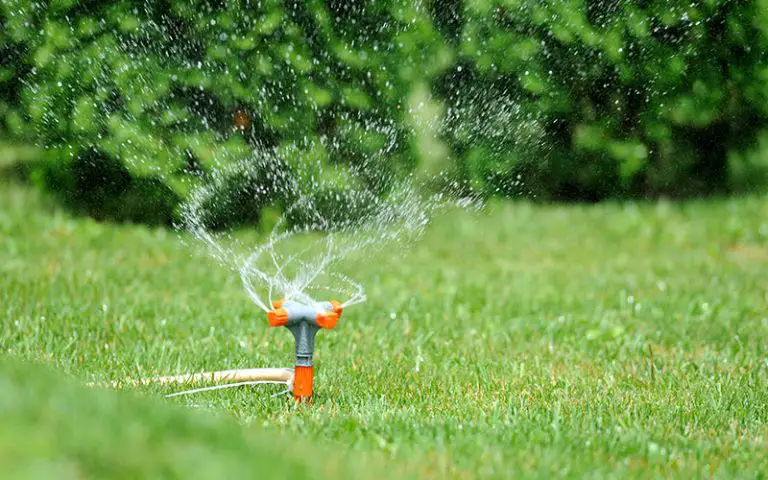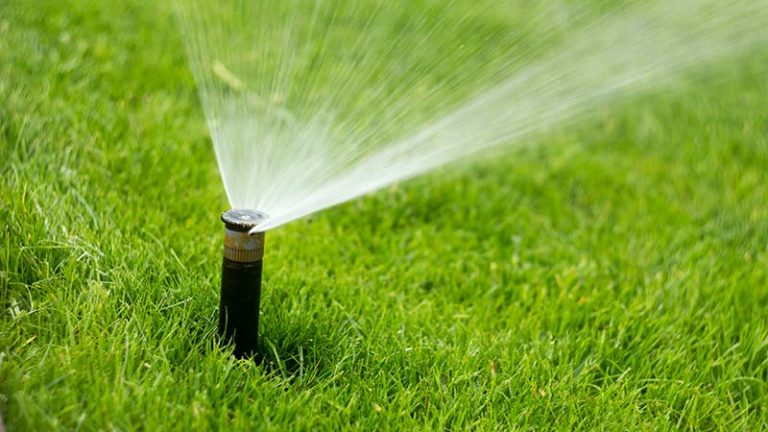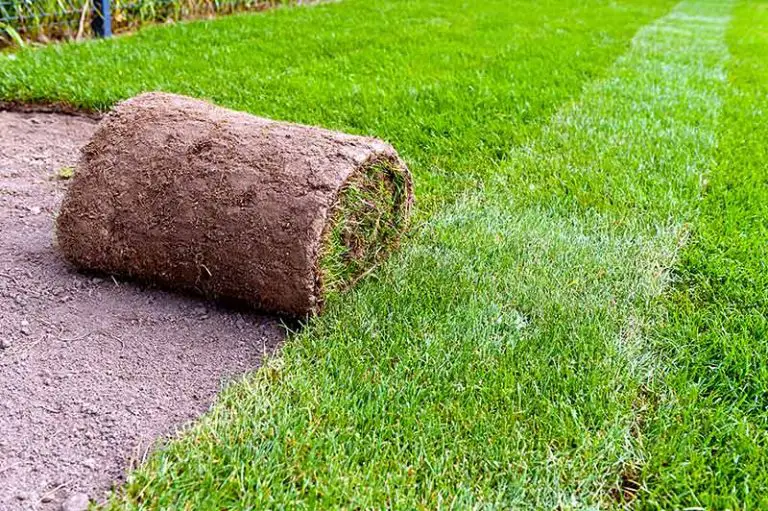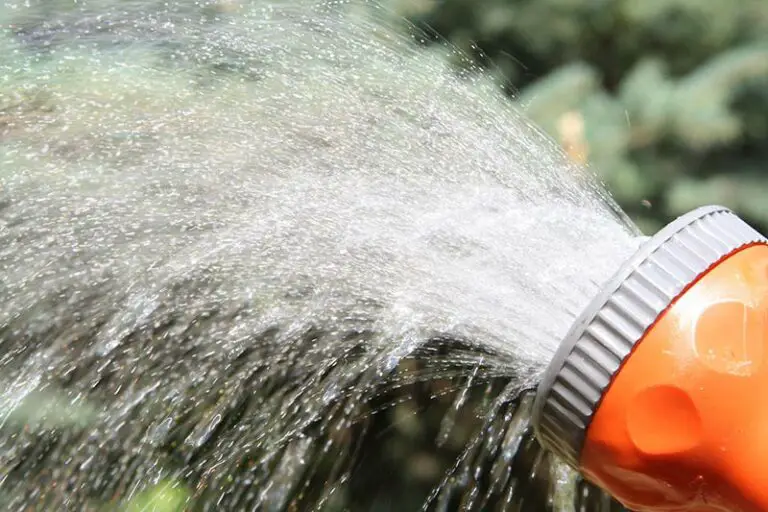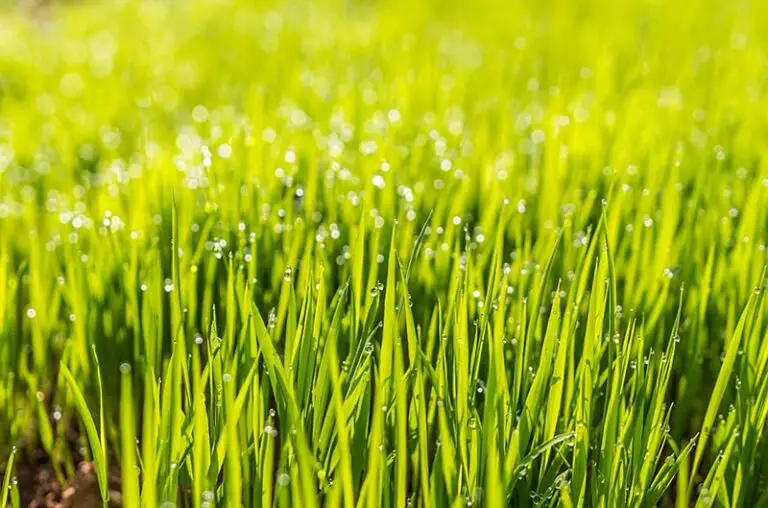New Sod Survival Guide: How Often to Water for a Healthy Lawn
Although sod installation is the quickest avenue to getting a lush new lawn, the sod requires some diligent aftercare so that it can become fully established. One of the most important elements of this aftercare is how often you water the new sod, as it has different requirements throughout the first few weeks beyond installation to ensure it grows deep roots and establishes itself onto the underlying soil.
You should water new sod immediately after installation, adding 3 to 4 inches of water and making sure that the ground remains consistently moist throughout the first day. Over the following two weeks, you will need to water the new sod daily. After this, you can reduce the frequency of waterings while increasing the amount of water that you add each time.
This guide explains the best watering schedule for new sod, along with the best times of day to water it. We have also provided some tips on how to tell if you are underwatering or overwatering your new sod.
How Often to Water New Sod
The first two weeks after laying new sod are the most crucial in terms of making sure that the sod has enough water to become fully established as a healthy new lawn. It’s essential to make sure the sod remains consistently moist during these first two weeks; if the sod is allowed to dry out for any period of time it will likely fail to become established and die off.
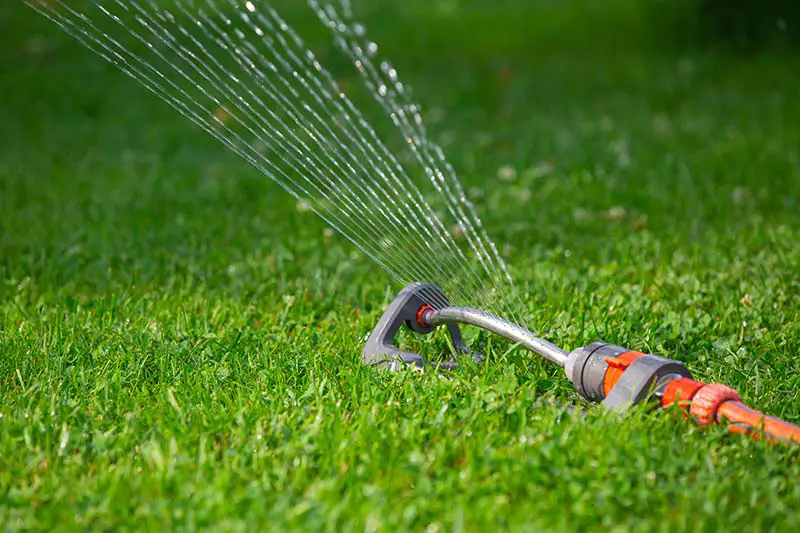
Recommended Watering Schedule for New Sod:
Before Laying New Sod
Your watering schedule should begin before you have laid the sod. Water the soil thoroughly prior to installation; if the soil in the area that the sod is to be installed into is too dry, it will remove all of the moisture from the sod and will therefore make it harder for it to successfully take root. We also recommend that you apply a starter fertilizer to the soil before installation to provide the sod with all of the essential nutrients that it needs to see healthy growth in these important early stages of the process.
Tip: You can help your new lawn to take root by running a lawn roller over the newly laid sod. After the new sod installation, take a lawn roller and run it along the lengths of your lawn to level the newly laid pieces and to place them firmly as close to the underlying soil surface as possible. This allows moisture to penetrate the soil below the new sod layer, minimizing the space between the new sod’s roots and the natural soil layer into which they will grow.
Day 1 After New Sod Installation
Water your new sod immediately within 30 minutes after installation, applying a relatively large amount of water. Add enough water so that the top 3 to 4 inches of soil are moistened, so much that the sod feels soggy when walked on. This is necessary to prevent the sod from drying out and causing the grass to die off. On this first day, keep checking the sod every few hours to make sure it remains moist, adding more water if it starts to dry out at all. If you install the sod on a day that the weather is particularly hot or sunny, you will likely need to water several times throughout the first day to keep the sod sufficiently moist.
Days 2 to 9 After New Sod Installation
On days 2 to 9 after installation, water the new sod daily, doing so in the early morning and the late afternoon. Make sure to add enough water so that the top ½ inch of soil is moistened. Take care not to overwater as this can suffocate the short roots of the grass. Apart from the first day of installation, you should never water the sod to the point that the soil feels soggy. Instead, aim to keep the soil moist rather than saturated with water.
The exact length and frequency of your watering sessions will vary based on the weather conditions and soil type of your area. As a general idea, you will likely have to water 4 to 6 times throughout the day for about 5 minutes each time. The areas of the sod most likely to dry out will be around the perimeter of the lawn and at the seams between the individual pieces of sod; take extra care to check these areas for areas where the soil may have dried out. You may need to specifically hand water these areas to make sure the entire lawn is getting enough water.
On day 9 after installation, gently lift up a corner of a piece of the sod. You should be able to see fresh white roots starting to knit down into the soil. If you can’t see these roots, it’s an indication that you’re underwatering the sod.
Tip: When determining how often to water new sod, remember to take your area’s current weather conditions into consideration. Hot or sunny weather will increase the frequency of sessions and the amount of water that you need to add each session, while rainfall will decrease this amount.
Days 10 to 12 After New Sod Installation
On day 10 after installation, reduce the number of watering sessions to one single session per day, watering the soil to a depth of ¼ inch. Keep checking the perimeter of the lawn and the seams between each piece of sod for dry spots that may need extra water. Also, look out for signs that you’re overwatering (detailed later in this article), especially signs that indicate the development of lawn disease or fungal infestations such as brown patch fungus, dollar spot, or red thread disease.
Days 13 to 15 After New Sod Installation
Around days 13 to 15 after installation, you should mow the new sod for the first time. Hold off from watering on the day before your first mow to allow the soil to firm up. After you mow, continue the same watering schedule by doing one single session per day, adding enough water to keep the top ¼ inch of soil moist.
Days 16 to 20 After New Sod Installation
Over days 16 to 20 after installation, reduce your watering sessions so that you’re only adding around 1 to 1.5 inches of water per week; the exact amount you add will vary based on the weather conditions of your area and the watering requirements for your particular soil and sod type. The water should reach a depth of up to 4 to 6 inches into the soil to encourage your sod to grow deep roots. Continue to check the perimeter of the lawn and around the sod’s seams for dry spots, adding extra water to these areas if necessary.
Days 20 to 30 After New Sod Installation
Over days 20 to 30 after installation, continue to add 1 inch of water per week. Water once per day in the early morning.
Days 30+ After New Sod Installation
After 30 days, your new sod should now be fully established and will require much less frequent watering sessions. You should reduce the frequency of sessions, but increase the amount of water that you add each session. This encourages the grass to grow deeper, stronger roots, making it more resistant to stress caused by periods of drought. After about 4 to 6 weeks, the sod lines should disappear.
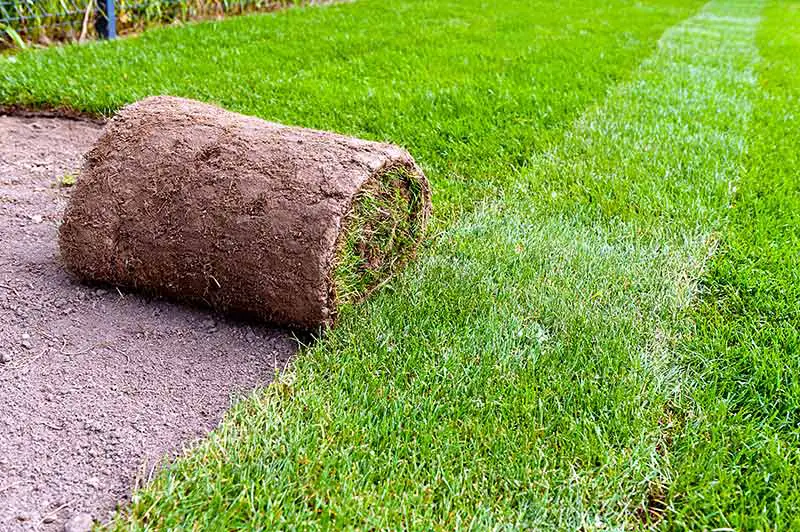
When is the Best Time of Day to Water New Sod?
The best time of day to water new sod is during the morning or late afternoon. At these times of day, the sun is lower in the sky so there is less chance of the water being evaporated before it has a chance to be taken up by the growing sod. If you usually water by hand and watering at these times doesn’t fit in with your schedule, consider investing in a timed sprinkler system. You will be able to program the system to irrigate the sod with the optimal amount of water at these times of day to ensure it has a sufficient amount of moisture to see continued healthy growth.
How to Tell if New Sod Needs Water
If the sod doesn’t receive enough water, either as a result of drought or insufficient watering, the grass will enter a state of dormancy. This causes it to turn yellow or brown and to appear dead. If left without sufficient water for a long period of time, the grass will eventually die off completely. The individual piece of sod may also start to form cracks and separate from each other if underwatered. Noticing any of these signs is a clear indication that you need to increase the frequency of your watering sessions.
How to Tell if You Are Overwatering New Sod
While grass loves water, new sod has more particular watering requirements. You will need to take a bit more care to make sure you aren’t actually overwatering the sod unnecessarily. As the roots of new sod are very short, they aren’t able to retain as much moisture. For this reason, aim to water the sod in shorter bursts using relatively smaller amounts of water. Adding too much water at this stage will prevent the short roots of the sod from having enough access to oxygen; this in turn causes the new sod to die off before it becomes fully established. Also, installing the new sod during a period of hot weather and overwatering it increases the risk of disease or fungal infestations like brown patch disease.
Soil or Sod is Soggy
The easiest way to tell if you’re overwatering new sod is by lifting up a corner piece of the sod a few minutes after you’ve watered it and checking the moisture on the bottom of the sod and the soil underneath it by touching it with your fingers. Ideally, the sod and the soil should feel damp without feeling muddy. If the sod or soil feels sodden five minutes after the end of your watering session, this is an indication that you’re overwatering it and so you’ll need to adjust your watering sessions to make sure you’re only applying as much water as the sod can handle each time.
Sod Has Rotten Roots
As the roots of new sod are relatively short and delicate, overwatering can cause them to suffer from root rot. Throughout the first week after installation, check the bottom of the sod where the roots are by lifting up the pieces of sod at their corners. If the roots appear short, blackened, or rotten, this is an indication that you’re watering too frequently or applying too much water during each session.
Sod Roots Fail to Knit into Soil
After one to three weeks beyond installation, the roots of the grass in your new sod should start to knit down into the underlying soil. Starting from the seventh day after it was installed, test the sod weekly to assess whether the roots have started to knit into the soil. This can be done by lifting up a corner of a piece of the sod; if the piece feels difficult to move, this is a good sign that the grass plants’ roots are starting to grow into the soil. On the other hand, if you’re still able to pick up the piece using a small amount of force three weeks after installation, this is a sign you’re overwatering the new sod.
Moisture Depth is Too Deep into Soil
You can also tell if you’re overwatering new sod by checking the depth of the moisture in the underlying soil. As a general rule, aim to water so much that the top 1 inch of soil is moistened until the new sod has taken root. When the sod has taken root and is beginning to become established in the soil, you will need to reduce the number of watering sessions while increasing the amount of water that you add each time. Aim to dampen the soil to a depth of 6 inches below the soil surface.
You can determine the depth of the moisture by taking a long screwdriver and inserting it into the soil. If you’re watering correctly, you should feel moisture along the first 6 inches of the screwdriver. If you can feel moisture on more than 6 inches of the screwdriver, this indicates that you’re overwatering the sod.
When to Mow After Laying New Sod
You should be able to mow your new sod around 14 days after it was installed. This is as long as the conditions are favorable and you have kept up with a rigorous watering schedule; in poorer conditions or during the colder months, you will likely need to wait a little longer until the sod has properly rooted before you can safely mow it for the first time. See our article When to Mow New Sod for full guidance on mowing your new sod lawn.
When to Fertilize After Laying New Sod
You can start fertilizing new sod after the four-week mark when it has become a fully established lawn. Generally speaking, the best lawn fertilization practice involves feeding your lawn 3 to 4 times throughout the growing season. We have explained the best fertilization practices specifically for new sod in our article When to Fertilize New Sod.

